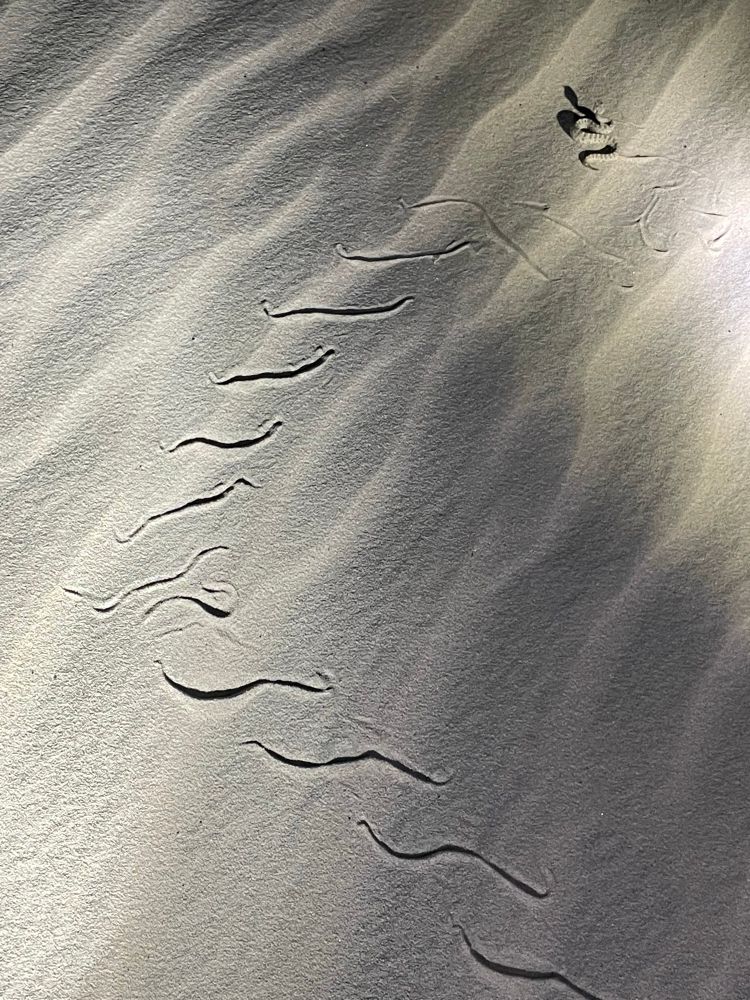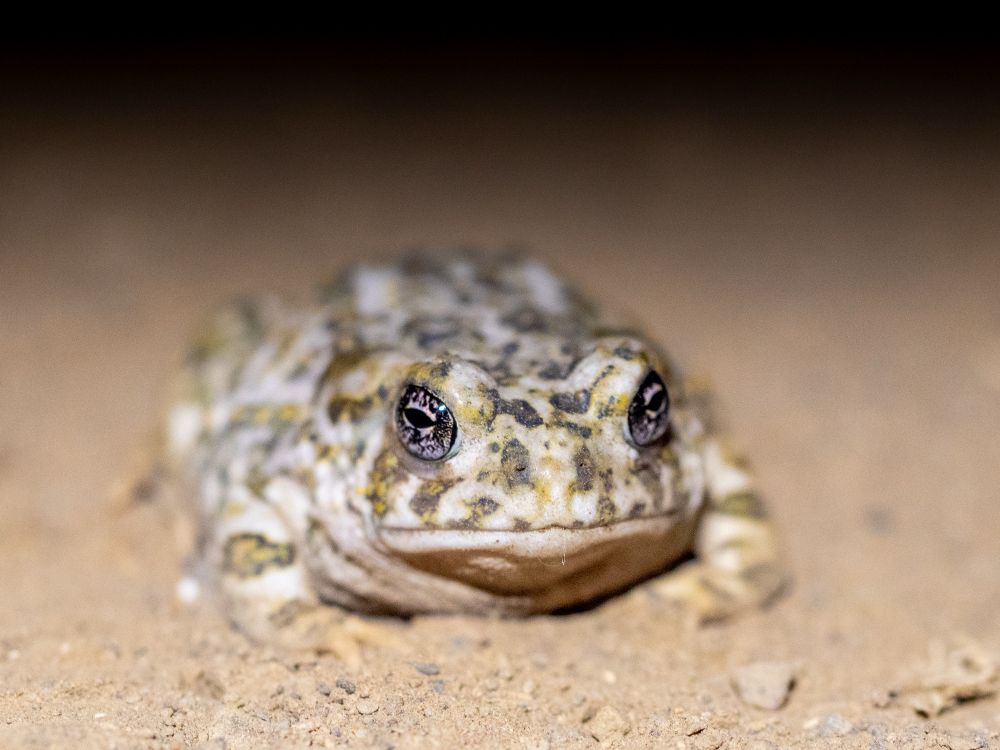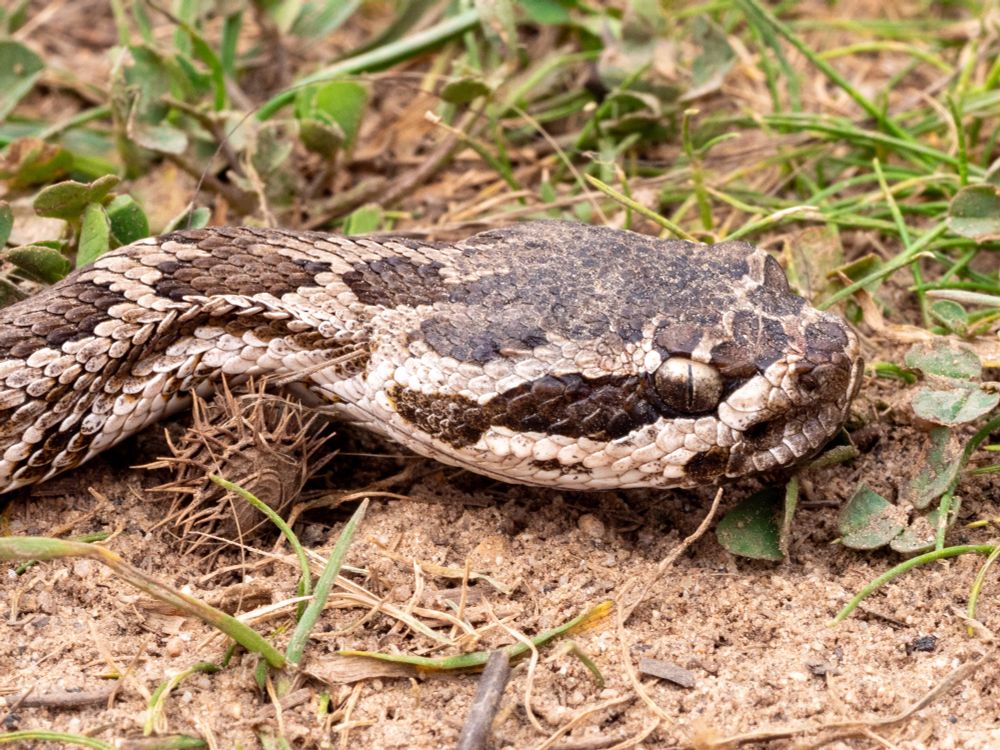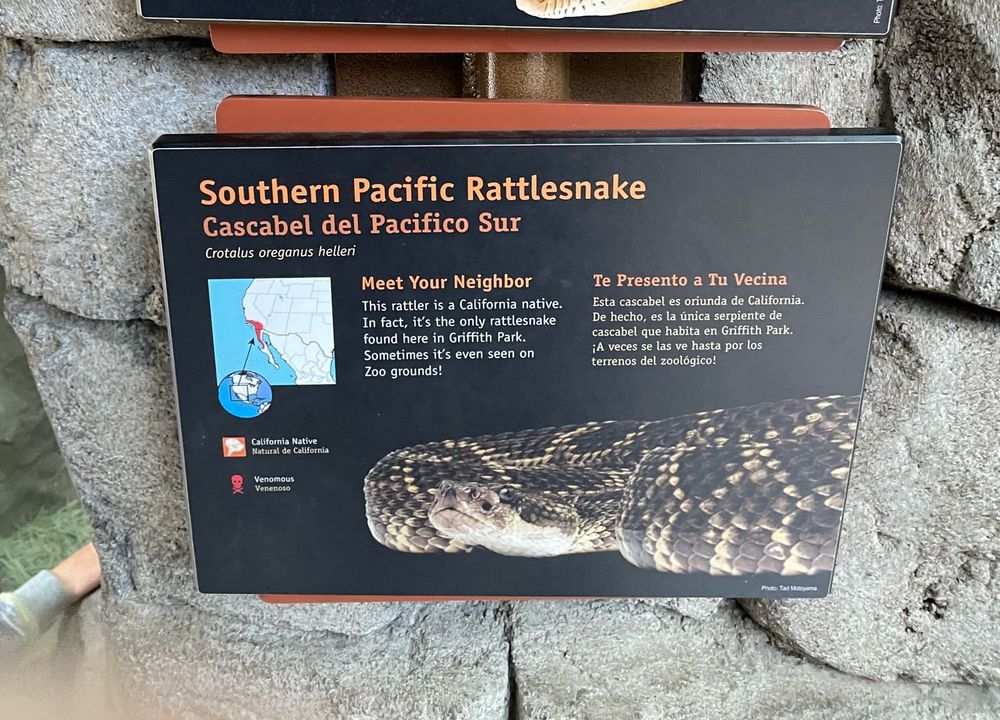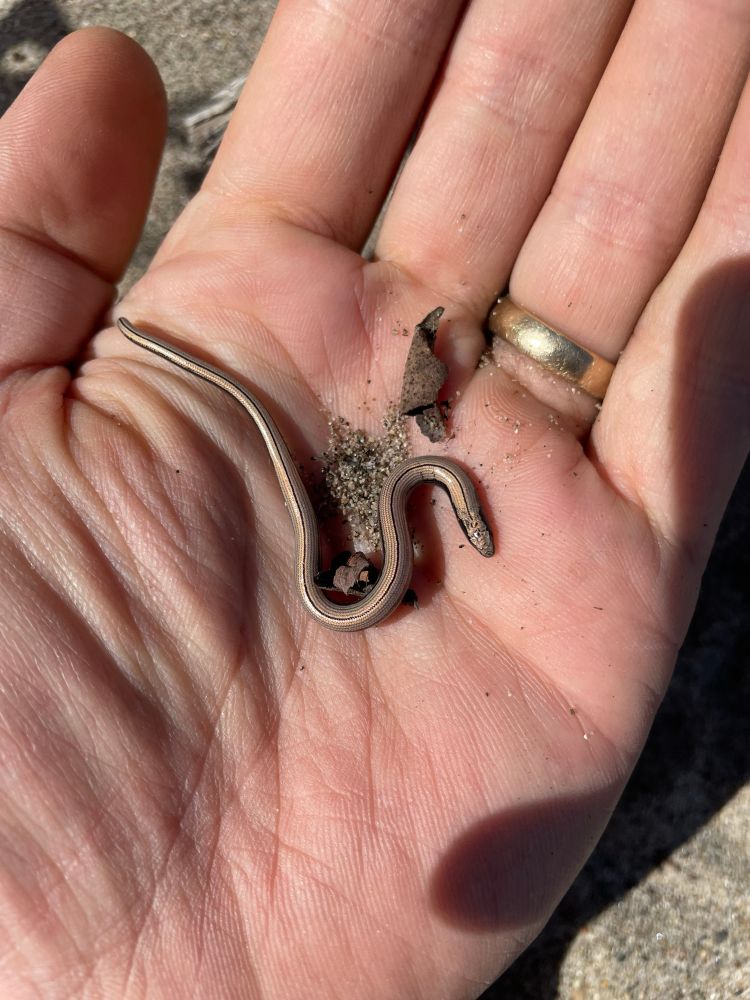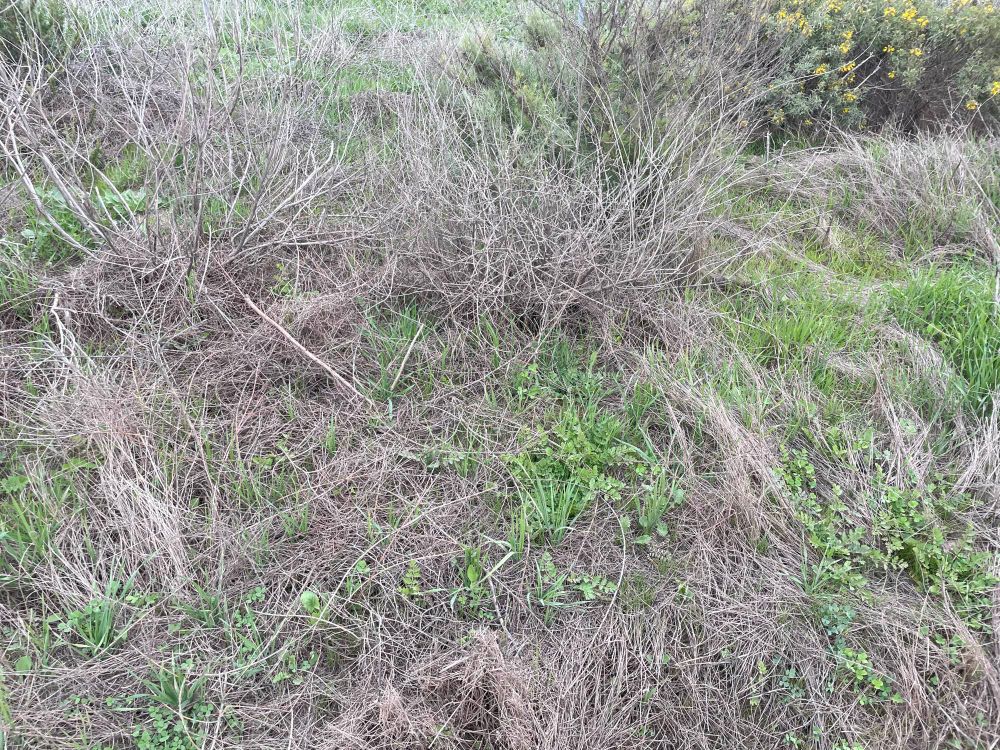Phil Ngo
@squamate.bsky.social
190 followers
130 following
70 posts
Field herping in SoCal since Sept 2024 😆. Occasionally posting about science, ecology, conservation, and the natural world when I encounter something new and interesting. Photos and thoughts are my own. Creatures stay in the wild.
Posts
Media
Videos
Starter Packs
Reposted by Phil Ngo
Phil Ngo
@squamate.bsky.social
· Jul 3
Phil Ngo
@squamate.bsky.social
· Jun 5
Reposted by Phil Ngo
Phil Ngo
@squamate.bsky.social
· May 25
Reposted by Phil Ngo
Phil Ngo
@squamate.bsky.social
· May 8
Phil Ngo
@squamate.bsky.social
· May 1
Phil Ngo
@squamate.bsky.social
· Apr 19
Reposted by Phil Ngo
Phil Ngo
@squamate.bsky.social
· Apr 17
Phil Ngo
@squamate.bsky.social
· Apr 9

